Digital devices can play a critical role in our daily life. Smartphones and computers, for example, make our work easier than before. We can prepare our business proposals without paper and pen, promote services to a large pool of customers, establish brand awareness, reduce hassles, provide quality results, and more.
Staring at a phone or computer screen, however, can strain our eyes and lead to other serious complications. Common symptoms can include fatigue, headache, and other discomforts.
Digital devices have been a part of our routine. They can give professionals and businesses an advantage. But prolonged exposure to these can strain your eyes. To lessen the risks, protection glasses come into play. They are available in different forms, styles, and shapes, enabling us to choose the one that matches our unique requirements.
Studies show that people who use computers experience the symptoms of digital eye strain. Aside from a recurring headache, the signs can include eye fatigue, redness, shoulder pain, blurred vision, dryness, and more.
What are the other solutions to reduce the risk of having a computer vision syndrome? Good question, and you have come to the right place!
- Undergo an Eye Exam
Many people are tempted to address their eye strain with an unreliable and ineffective treatment. Don’t do the same thing. Before anything else, undergo a comprehensive test to restore your clear vision in no time.
During the exam, don’t forget to tell your doctor how frequent you use a computer at home or work. After that, what’s next? Your job does not stop there! Measure how far your eyes are from the screen. Inform a specialist ahead to have the best prescription.
- Proper Lighting is the Key
For us to see, light is critical. Excessive bright light, however, is a different case. When using a computer, adjust the brightness according to your needs.
It is also important to eliminate exterior light. Closing drapes, blinds, and shades are a good start. When it comes to your interior lighting, use fewer fluorescent tubes or bulbs. Lower intensity options are a good alternative, as well.
Never overlook proper positioning. Make sure the computer screen faces the windows.
After avoiding fluorescent lights, computer users experience optimal relief. So, turn them off and use floor lamps instead.
Full-spectrum fluorescent lighting can be more comforting than regular fluorescent tubes. But it can also cause discomfort if it’s too brit.
- Minimize Glare
Glare from light reflecting off finished surfaces can also lead to computer eye strain. The secret here is to install an anti-glare screen on display. How much does it cost? Don’t worry as it is available at an affordable rate.
For your walls, paint them with a darker color and a matte finish.
For those who want to wear glasses, buy lenses that are packed with an anti-reflective coating and other special materials. While this reduces glare, it minimizes the amount of light reflecting off the back and front surfaces of your eyeglasses.
- Upgrade your Display
Do you have an old tube-style monitor? Then, replace it with a flat-panel LED screen with a special or anti-reflective surface.
Did you know that obsolete CRT screens can cause a flicker of images? Yes, you heard it right! Without a proper action, it can cause a digital eye strain. Although it is imperceptible, it can contribute to your headache and fatigue.
- Adjust the Display Settings
To adjust the display settings of your computer, start from the brightness, text size and contrast, and color temperature. While the right brightness protects you from any discomfort, it can also save the battery of your device, making it long-lasting. For more information, feel free to read the manual. Or search for tips online.
- Frequent Blinking Can Help
Blinking is essential when working at a computer for hours. It simply moistens the eyes, which in turn prevents irritation, dryness, and other infections.
Studies indicate that people blink less often when staring at a screen. Don’t do the same thing. Make it a habit, especially during your work hours.
Tears coating your eyes evaporate rapidly, which in turn causes dryness. The risk is higher when the office environment is dry. Proper ventilation can also play a significant role.
Aside from blinking, consider an artificial tear. Just ask your doctor for further details.
- Eye Exercise is Useful
Fatigue is another cause of eye strain. To reduce the discomfort, look away from your digital devices at least every 20 minutes. Then gaze at a distant object for a few seconds so that your eyes can rest. When nothing happens, consult an ophthalmologist, optometrist, and other specialists for your convenience.
- Take a Frequent Break
How many hours you’ve been staring at the computer? Probably, it’s an hour already. Perhaps, your neck, back, and shoulder are quite numb. Don’t sit on your workspace for a long time. Take a break. Stand up and stretch your body. While this reduces tension, it also lessens muscle fatigue.
Some people still spend their coffee break in front of their computers. Don’t do the same thing. Leave your area for a minute to avoid straining your eyes.
- Customize your Workstation
whether you ave to look back and forth between a computer screen or a printed page, place the latter on a copy stand next to the former for your convenience.
Be sure to light the stand properly. Or Use a desk lamp.
- Use Computer Glasses
Contact lenses have been gaining immense popularity these days. Despite their ease of use, it gets dry and uncomfortable during a long screen time.
For your comfort, customized computer glasses will be your best shot. How much do they cost? Are they expensive? Compared to contacts, they are much cheaper and effective.
Whether you wear progressive lenses or bifocals, computer glasses are a perfect investment.
Another alternative is a photochromic lens. Not only can it reduce your exposure to harmful blue light, but it can also provide extra protection.
